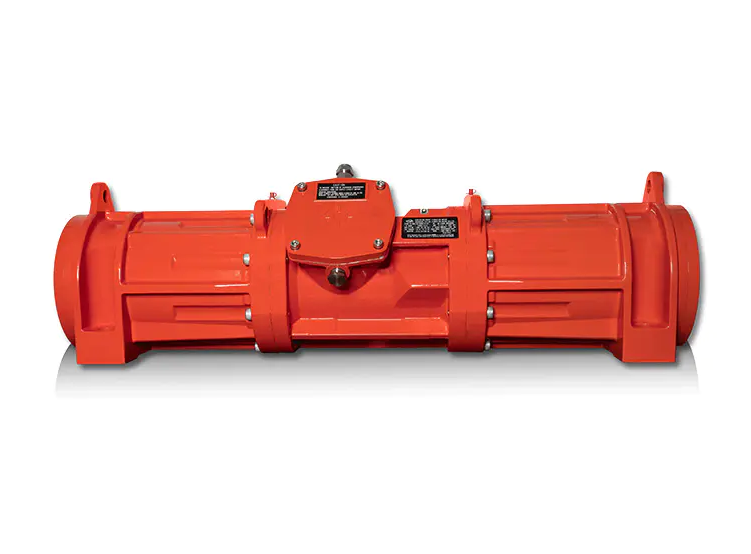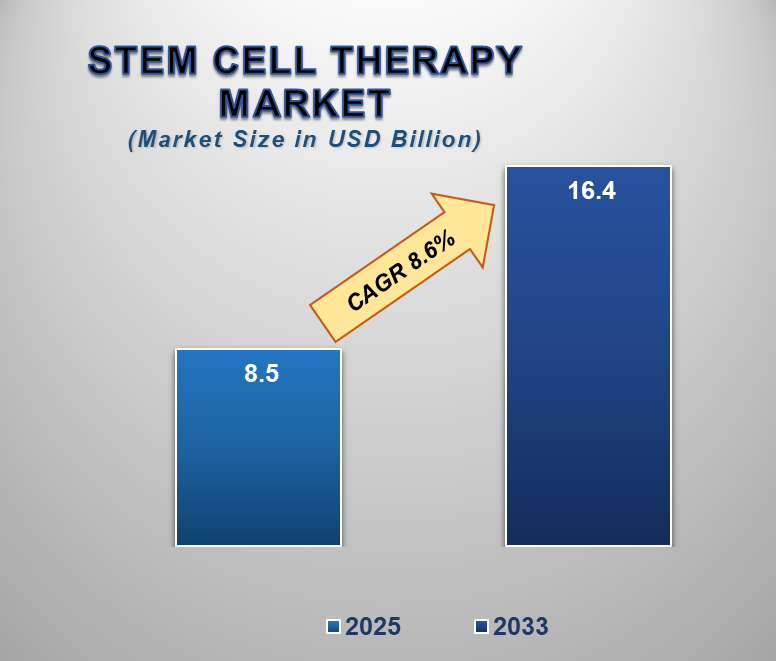According to a new report from Intel Market Research, the global 5083 Aluminum Plate market was valued at USD 1,352 million in 2024 and is projected to reach USD 2,009 million by 2032, growing at a steady CAGR of 6.0% during the forecast period (2025–2032). This growth is propelled by increasing demand from marine and transportation sectors, advancements in aluminum alloy technologies, and the global shift toward lightweight, corrosion-resistant materials in industrial applications.
What is 5083 Aluminum Plate?
5083 aluminum plate is a high-strength, non-heat-treatable alloy renowned for its exceptional corrosion resistance, particularly in marine environments. This alloy contains magnesium as its primary alloying element (typically 4-4.9%), which enhances its strength without compromising weldability or formability. The material maintains excellent mechanical properties in various tempers, with the H116 variant being particularly valued for its stability in harsh conditions.
Unlike many other aluminum alloys, 5083 plates retain superior ductility and toughness even at sub-zero temperatures, making them ideal for cryogenic applications. Their combination of lightweight characteristics and durability has established 5083 aluminum as a critical material across shipbuilding, automotive, and aerospace industries, where performance under demanding conditions is essential.
📥 Download Sample Report: https://www.intelmarketresearch.com/download-free-sample/6836/aluminum-plate-market
Key Market Drivers
1. Expanding Marine and Offshore Applications
The marine industry's growing preference for aluminum over traditional steel represents a fundamental driver for 5083 aluminum plate demand. With approximately 42% of marine-grade aluminum applications utilizing 5083 alloy, its superior performance in saltwater environments has made it the material of choice for ship hulls, offshore platforms, and marine equipment. The global shipbuilding industry, valued at approximately $200 billion annually, continues to drive demand as manufacturers seek improved fuel efficiency and payload capacity through lightweight aluminum solutions.
2. Automotive Lightweighting Initiatives
Automotive manufacturers are increasingly adopting 5083 aluminum plates to meet stringent emission regulations and improve fuel efficiency. The average aluminum content per vehicle has increased from 120 kg in 2010 to nearly 210 kg in 2024, with projections indicating further growth. 5083 plates are particularly favored for electric vehicle battery enclosures and structural components, where their optimal strength-to-weight ratio and formability provide both durability and weight reduction benefits.
Government initiatives supporting vehicle electrification and emission reduction are creating favorable market conditions across multiple regions, further propelling 5083 aluminum plate adoption in automotive applications.
Market Challenges
Raw material price volatility: Fluctuating costs of primary aluminum and magnesium create pricing uncertainties, with year-over-year volatility reaching up to 30% in recent periods
Technical limitations in high-temperature applications: Mechanical strength decreases above 125°C, restricting use in certain industrial and aerospace segments
Specialized welding requirements: Improper techniques can reduce corrosion resistance in heat-affected zones, necessitating skilled operators and increasing production costs
Opportunities Ahead
The global transition toward renewable energy infrastructure presents significant growth opportunities for 5083 aluminum plates. Offshore wind turbine structures, solar panel mounting systems, and hydroelectric components increasingly utilize this material due to its combination of strength, corrosion resistance, and relatively low maintenance requirements.
Innovations in aluminum recycling technologies are opening new possibilities for sustainable production. Closed-loop recycling systems can now recover up to 95% of aluminum content from end-of-life products, significantly reducing the carbon footprint of new plate production. As sustainability becomes a key purchasing criterion across industries, manufacturers offering recycled-content 5083 plates stand to gain substantial market share.
Notably, industry leaders including Norsk Hydro and Constellium have announced expansion strategies focusing on:
Development of advanced tempering processes for specialized applications
Expansion of production capacities in Asia-Pacific regions
Investment in recycling technologies and sustainable production methods
📥 Download Sample PDF: https://www.intelmarketresearch.com/download-free-sample/6836/aluminum-plate-market
Regional Market Insights
Asia-Pacific: Dominates global production and consumption, with China accounting for approximately 38% of global 5083 plate output and over 50% of regional production capacity
North America: Maintains technologically advanced manufacturing capabilities, particularly for aerospace and defense applications, with the U.S. market valued at approximately $280 million in 2024
Europe: Shows strong demand from transportation and renewable energy sectors, with German and French manufacturers leading in high-speed rail and wind turbine applications
Emerging markets: Latin America and Middle East regions display growing interest in oil and gas infrastructure, with strategic investments in aluminum smelting capacity underway in GCC countries
Market Segmentation
By Type
H116
H111
H112
Others
By Application
Shipbuilding
Automotive
Aircraft
Renewable Energy Infrastructure
Others
By End User
Marine Industry
Automotive Manufacturers
Aerospace Companies
Construction and Infrastructure
Others
By Region
North America
Europe
Asia-Pacific
Latin America
Middle East & Africa
📘 Get Full Report: https://www.intelmarketresearch.com/chemicals-and-materials/6836/aluminum-plate-market
Competitive Landscape
The global 5083 aluminum plate market features a competitive landscape dominated by established aluminum producers with strong regional footholds. Norsk Hydro leads the market through vertically integrated operations and specialization in marine-grade aluminum solutions, while Chinese players like Chalco and Shanghai Huafon Aluminium Corporation have gained significant market share through cost-competitive manufacturing.
The report provides in-depth competitive profiling of key players, including:
Norsk Hydro (Norway)
Shanghai Huafon Aluminium Corporation (China)
Chalco (China)
Constellium (France)
UACJ (Japan)
Sakai Aluminium Corporation (Japan)
Hindalco Industries (India)
Lotte Aluminum (South Korea)
Henan Mingtai Al.Industrial (China)
Yong Jie New Material (China)
Report Deliverables
Global and regional market forecasts from 2025 to 2032
Strategic insights into technological developments and manufacturing innovations
Market share analysis and SWOT assessments of key players
Pricing trend analysis and supply chain dynamics
Comprehensive segmentation by type, application, end user, and geography
📘 Get Full Report: https://www.intelmarketresearch.com/chemicals-and-materials/6836/aluminum-plate-market
📥 Download Sample PDF: https://www.intelmarketresearch.com/download-free-sample/6836/aluminum-plate-market
About Intel Market Research
Intel Market Research is a leading provider of strategic intelligence, offering actionable insights in chemicals, advanced materials, and industrial manufacturing. Our research capabilities include:
Real-time competitive benchmarking
Global supply chain and production monitoring
Country-specific regulatory and pricing analysis
Over 500+ industrial and materials reports annually
Trusted by Fortune 500 companies, our insights empower decision-makers to drive innovation with confidence.
🌐 Website: https://www.intelmarketresearch.com
📞 International: +1 (332) 2424 294
📞 Asia-Pacific: +91 9169164321
🔗 LinkedIn: Follow Us
Related Links






